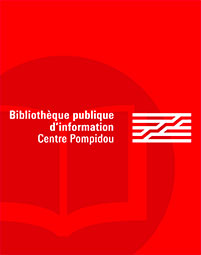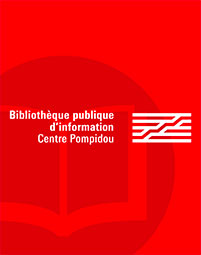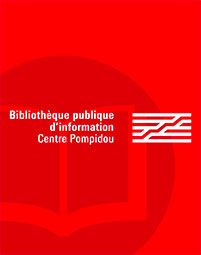par Lepdor, Catherine ; Lévêque-Claudet, Camille ; Musée cantonal des beaux-arts (Lausanne, Suisse).
Hazan
2020 -
-
Disponible - 704.916 AFL
Niveau 3 - Arts
Résumé : Un panorama de plus de 150 peintures, dessins, sculptures et objets d'arts appliqués montrant l'importance de la peau dans l'esthétique de la Vienne du début du XXe siècle. ©Electre 2020

 Les bibliothèques de prêt de la ville de Paris
Les bibliothèques de prêt de la ville de Paris
 Les bibliothèques universitaires
Les bibliothèques universitaires
 La BnF
La BnF
 L'encyclopédie Wikipédia
L'encyclopédie Wikipédia
 L'Encyclopædia Universalis
L'Encyclopædia Universalis
 La bibliothèque du film
La bibliothèque du film
 La bibliothèque du cinéma François Truffaut
La bibliothèque du cinéma François Truffaut
 La médiathèque musicale de Paris
La médiathèque musicale de Paris
 La médiathèque de la Philharmonie de Paris
La médiathèque de la Philharmonie de Paris

![A fleur de peau : Vienne 1900, de Klimt à Schiele et Kokoschka : [exposition "à fleur de peau. Vienne 1900, de Klimt à Schiele et Kokoschka", présentée au Musée cantonal des Beaux-Arts de Lausanne, du 14 février au 24 mai 2020]](/imported_images/livre/couverture/978-2-7541-1138-6.jpg)











